The Nissan X-Trail hybrid might spawn Ford or Dodge versions in North America.
Sources have told Automotive News, Nissan is speaking to other automakers about producing a vehicle based on the upcoming Rogue hybrid for them. One source claims Nissan is in discussions with both Ford and Stellantis, parent of Dodge, Chrysler, Ram and Jeep.
Production of the hybrid Rogue is due to commence in late 2026 at Nissan’s factory in Smyrna, Tennessee.
CarExpert can save you thousands on a new car. Click here to get a great deal.
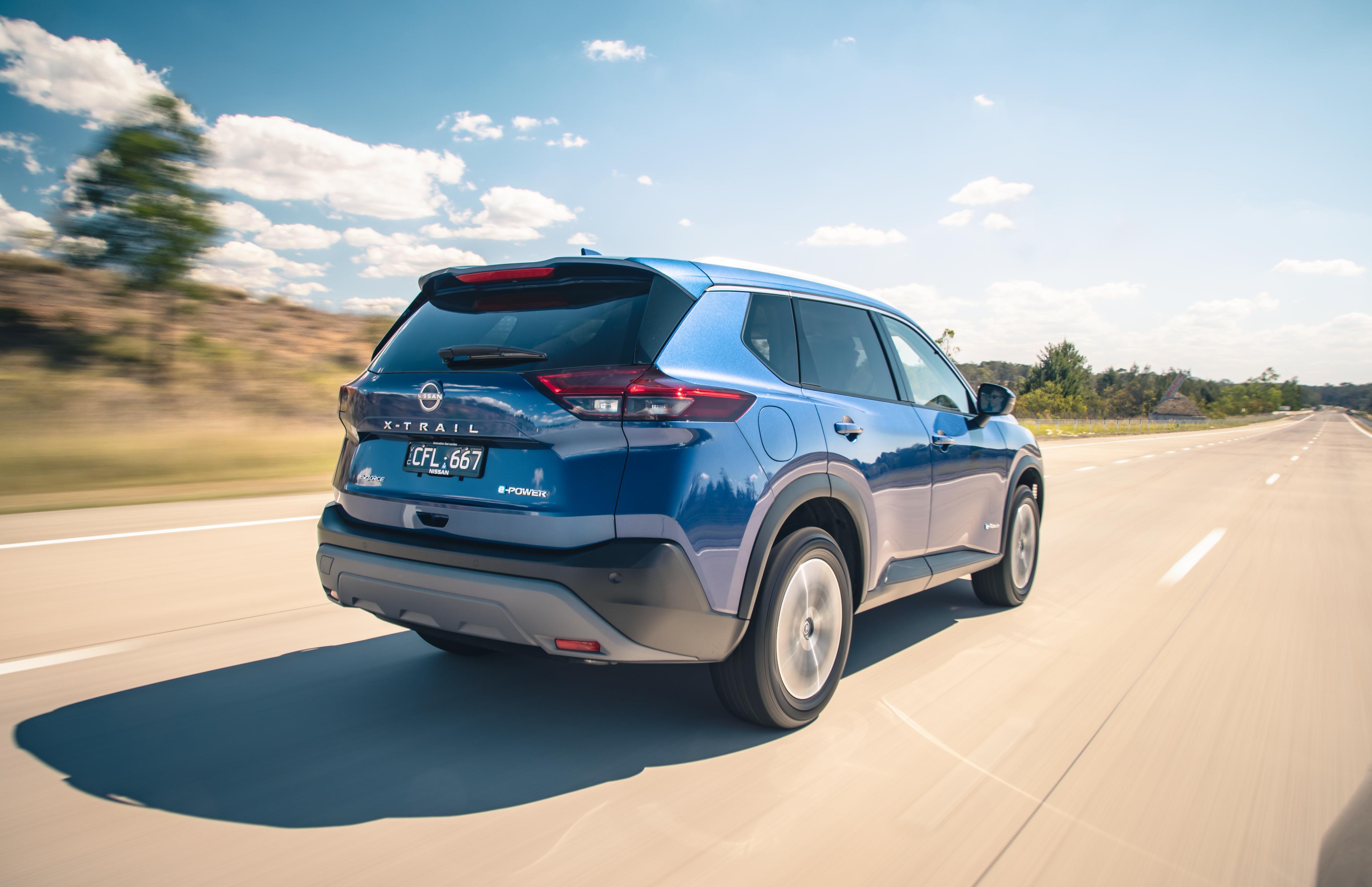
The Rogue — known as the X-Trail in Australia and much of the world — is not currently offered in North America as a hybrid, even though hybrid drivetrains are propelling the similarly-sized Honda CR-V and Toyota RAV4 to the top of passenger car charts in the States.
While the hybrid systems in the CR-V and RAV4 have an e-CVT, which the electric motor and/or the petrol motor to drive the wheels, in the Nissan e-Power setup the electric motor is responsible for driving the wheels, with the petrol motor dedicated to recharging the battery as needed.
If Ford, Stellantis or another automaker agrees to a deal, it’s unclear how differentiated their version would be from the Rogue e-Power.
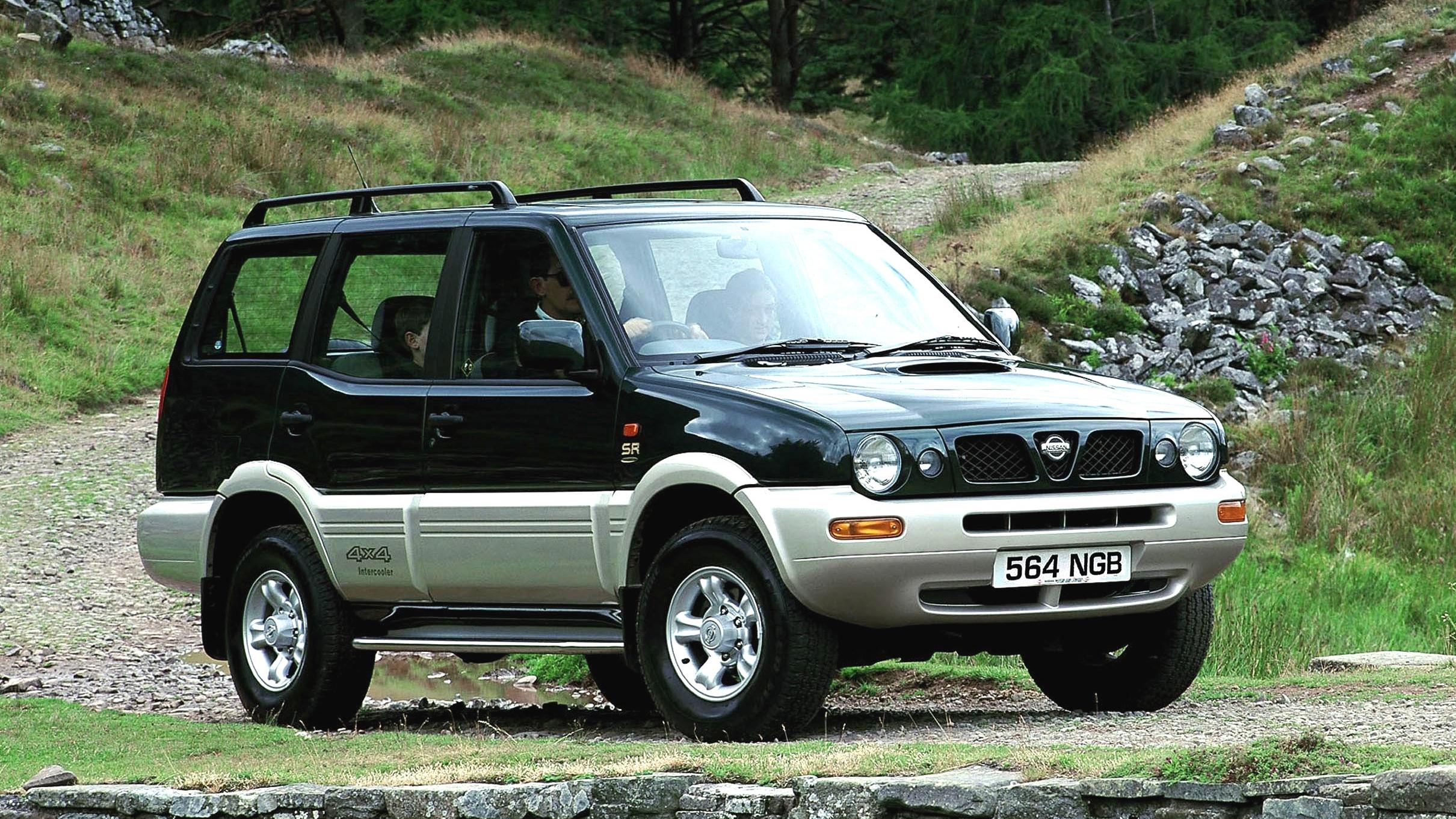
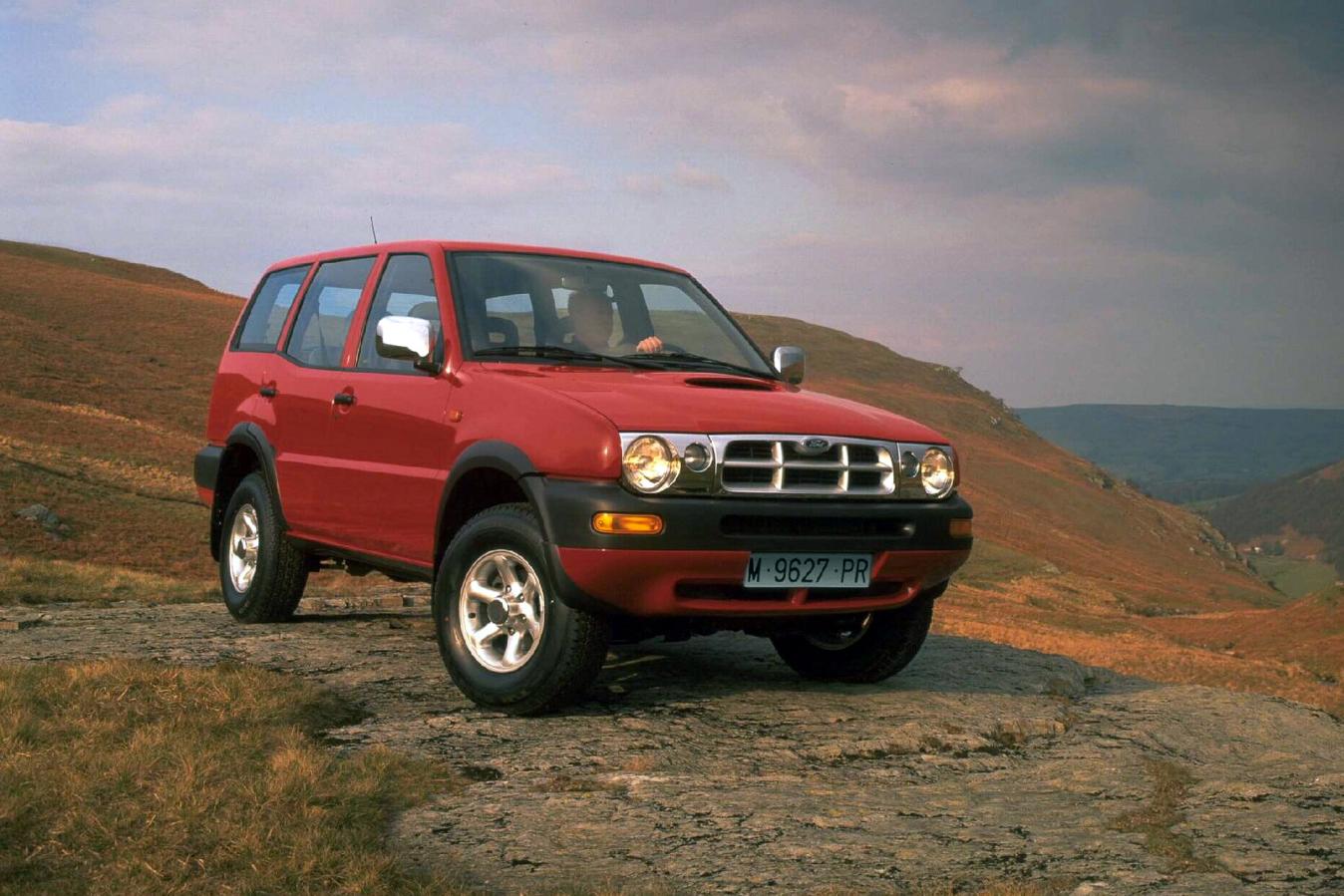
Should Ford agree to a deal with Nissan, it’s possible their version of the hybrid Rogue would serve as a replacement for the Escape. The Blue Oval is reportedly keen to end US production of the Escape, so it can concentrate on the Bronco Sport, which uses the same underpinnings but has a more rugged, outdoorsy outlook on life.
Despite Ford’s historic links with Japanese rival Mazda, the two automakers have shared vehicles in the past, most notably the Nissan Terrano II/Ford Maverick in Europe, and the Mercury Villager/Nissan Quest in the US. Australians of a certain age will also remember the Ford Falcon Ute/Nissan Ute, Nissan Patrol/Ford Maverick and Nissan Pintara/Ford Corsair.
It’s unconfirmed which brand would take the hybrid Rogue if Stellantis hops into bed with Nissan, although Dodge would be the most likely destination. The brand has been trying to diversify its SUV range, but the Hornet — a rebadged Alfa Romeo Tonale — has a slow seller.
Collaborations between Nissan and Stellantis brands are few and far between, with the Alfa Romeo Arna, a Italian made Nissan Pulsar with an Alfa engine, transmission and suspension, being quite a spectacular failure.
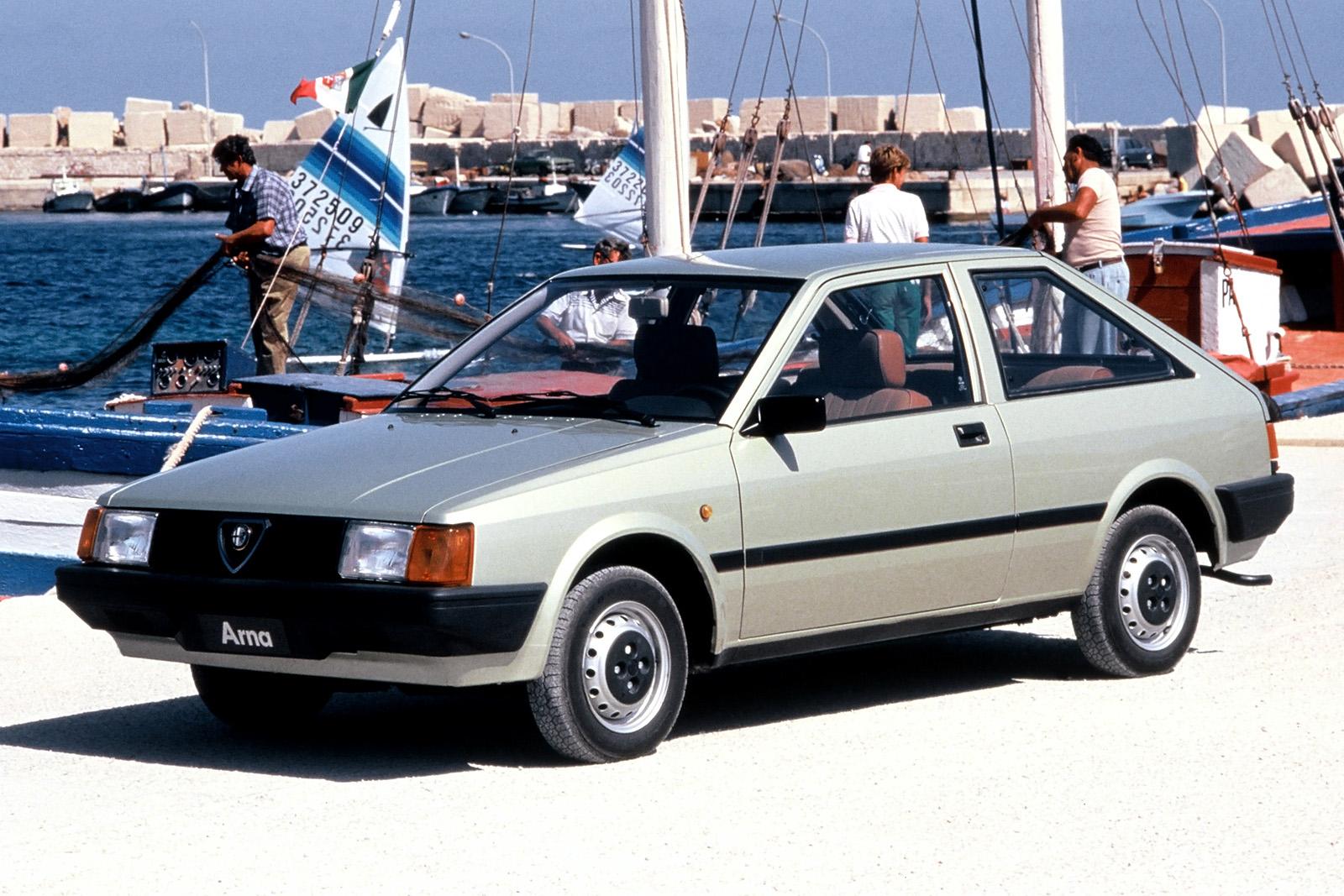
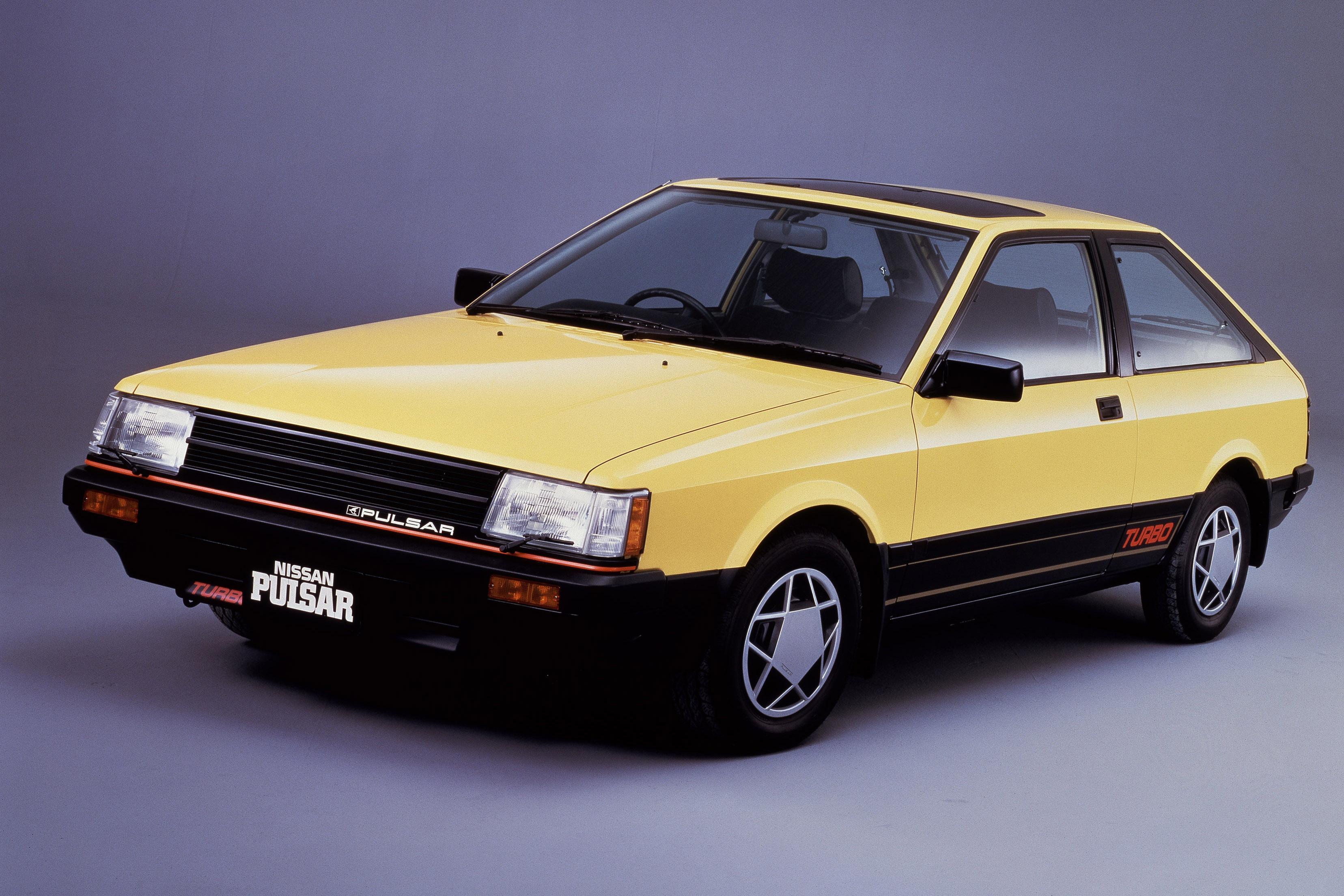
According to the trade publication, Nissan’s preferred deal would see the other party supply an electric vehicle to Nissan.
Since the launch of the third-generation Leaf, Nissan USA has axed the Ariya from its range, leaving it with just one EV in its range.
It’s understood securing the EV supply deal is not a dealbreaker, as Nissan is most keen on generating more volume for its factory and helping to defray the cost of tooling up for local hybrid production.
As has been well documented, Nissan is in a tough financial position right now. In May it announced a loss of ¥670.9 billion (A$7.1bn) for the financial year ending March 2025.
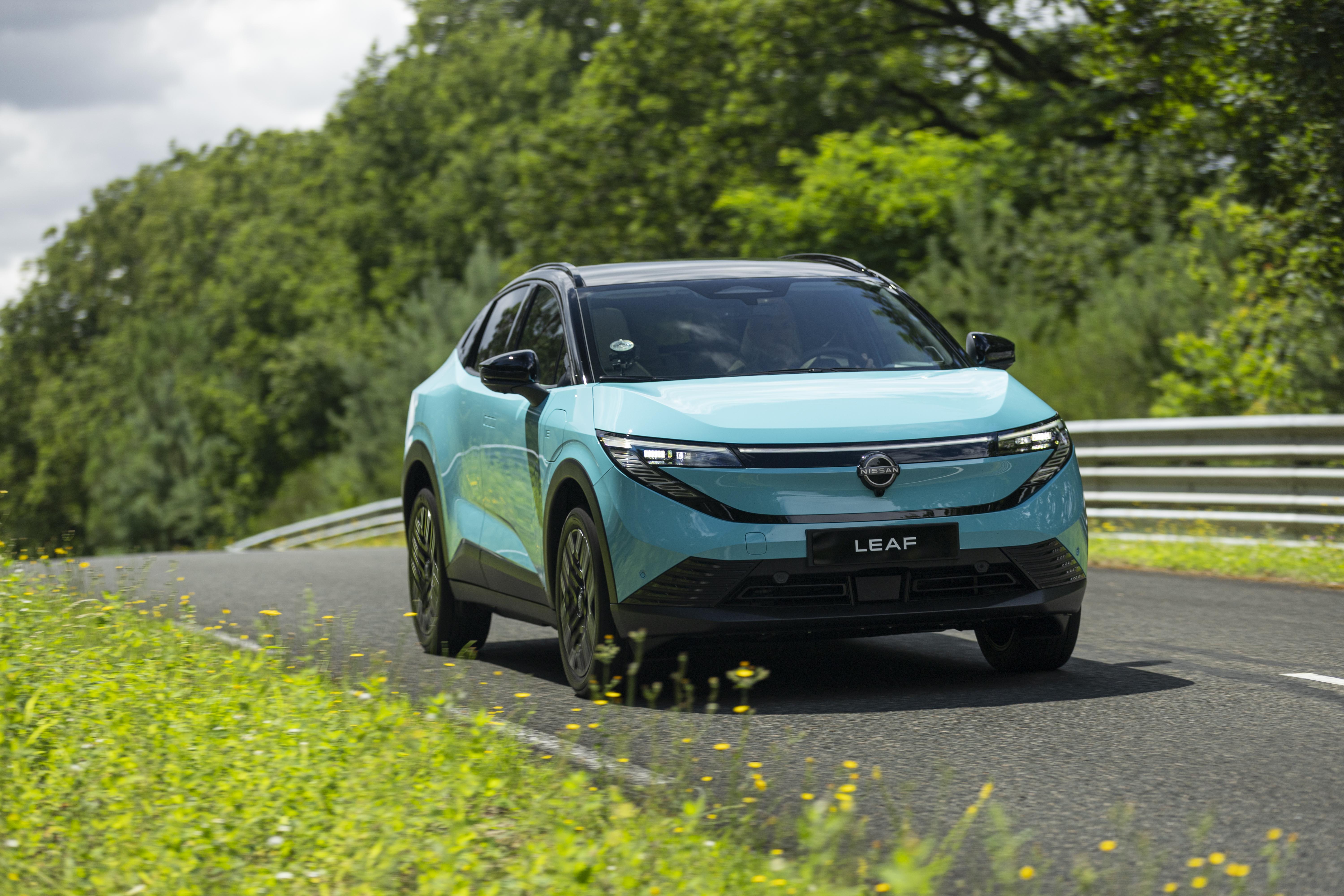
As part of CEO Ivan Espinosa’s Re:Nissan recovery plan, it will cut its global workforce by 15 per cent or 20,000 people, and close seven of its 17 car plants. Nissan has also paused development of vehicles and technology due for launch after March 2027, asked suppliers to accept late payments, may sell its global HQ, and is looking to offload its majority stake in the Yokohama F Marinos soccer club.
In the global sales race, Nissan has dropped out of the top 10 for the first time in 16 years, with the Yokohama firm pipped by Suzuki according to figures revealed for the first half of 2025.

